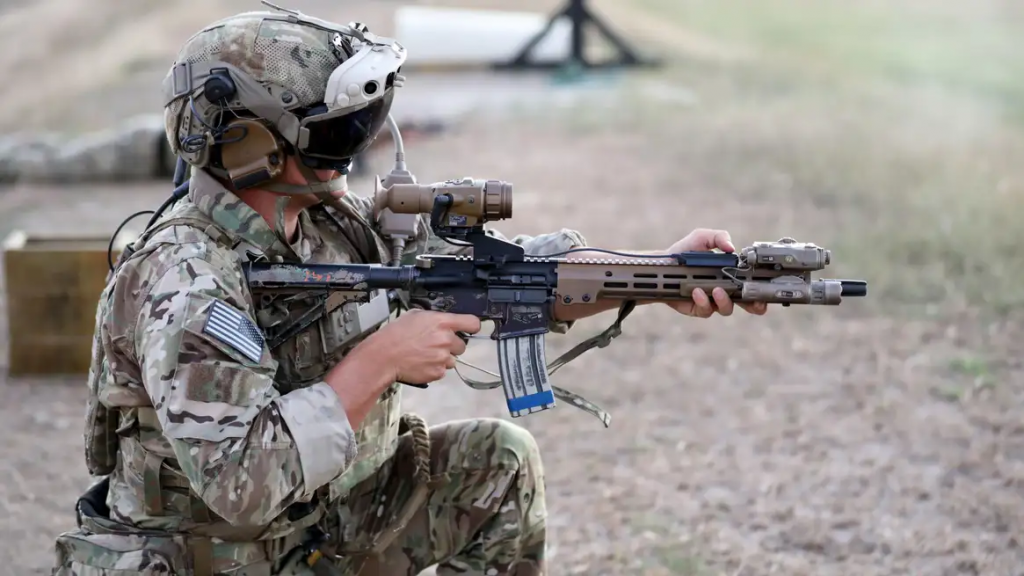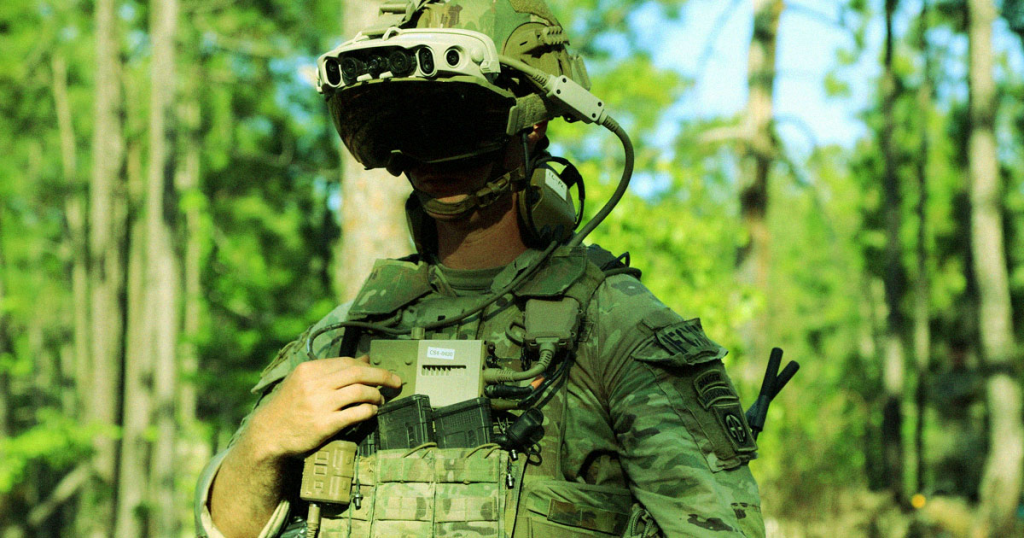In its mind’s eye, Congress refused to include an additional $400 million in the Army’s 2023 budget, which the Army wanted to spend to purchase another 6,900 AR combat goggles developed in collaboration with Microsoft.
Bloomberg initially reported the loss of funding for the ongoing HoloLens project on Thursday. The $21.88 billion effort, launched in March 2021, was intended to develop “Integrated Visual Augmented System” headsets for mixed reality. The goggles were allegedly designed to provide soldiers with a heads-up display, targeting help, and thermal imaging capability.

The first funding was intended to construct 120,000 first-generation headsets, and it appears that military officials are still working through that initial request. According to officials last week, the Army has only purchased 5,000 models of its 1.0 design and another 5,000 of its 1.1 version. In addition, navigation and weapon site camera connectivity were incorporated in the 1.0 edition, while a low-light sensor was added in the 1.1 version.
Despite continuous efforts, the House Appropriations Committee was dubious of the $400 million procurement request for months before Congress approved the $1.7 trillion 2023 budget last month. Finally, the Senate Appropriations Committee suggested that the IVAS procurement proposal be reduced from about $400 million to $50 million.

Initial tests revealed that soldiers were dissatisfied with the technology. According to a leaked internal Army report, the HoloLens technology nauseated soldiers when used for a lengthy period. Those who tested the technology also reported headaches and eye discomfort. In addition, soldiers who used the goggles stated that the technology “would have gotten us killed” since the LED lights made the goggles visible hundreds of meters away.
Even though some congressional money was lost, the Army is far from finished with HoloLens technology, at least not yet. A Development Task Order given to Microsoft on December 20 for constructing a “1.2” version of the IVAS system has already cost the Army $125 million. This order was placed just a few days before Congress approved the fiscal year 2023 budget.

The Army seems aware of the criticism voiced over its combat eyewear. More soldiers than previously reported by Bloomberg participated in the task order’s 30 soldier exams, contributing more than 100,000 hours of feedback in all.
The Army says that version 1.2 of the device will make it significantly more usable, featuring a reduced profile HUD and greater wearability. According to sources, field testing of the upgraded IVAS devices will begin in September.


